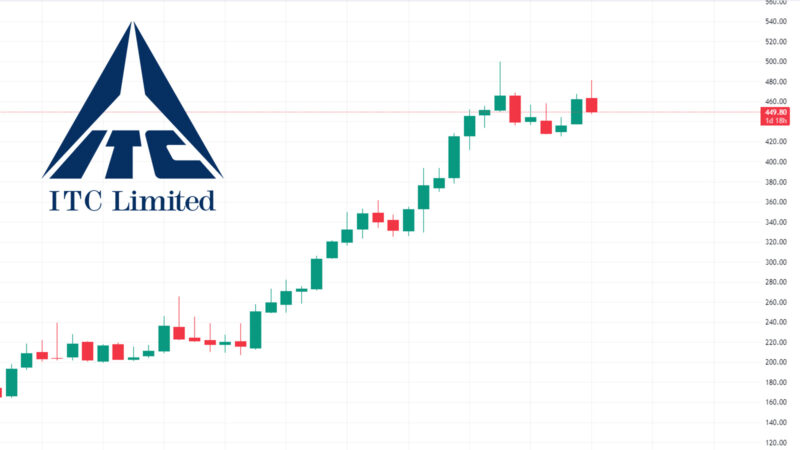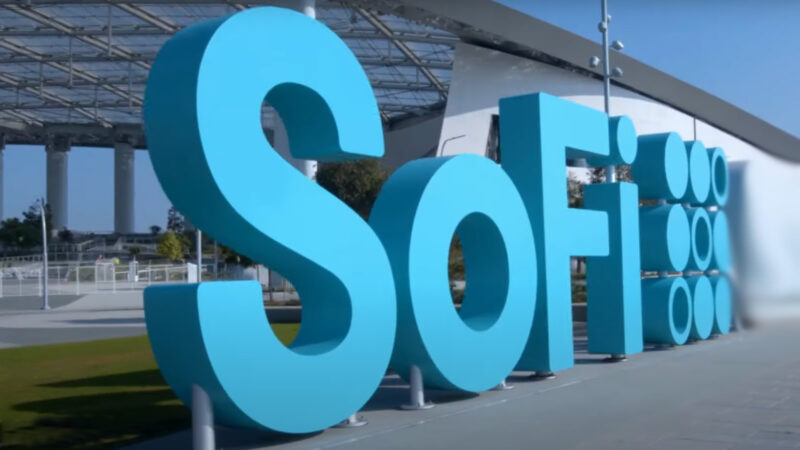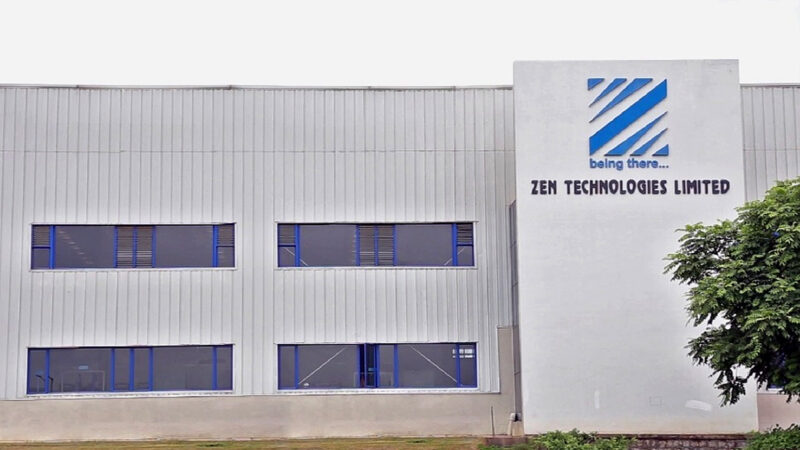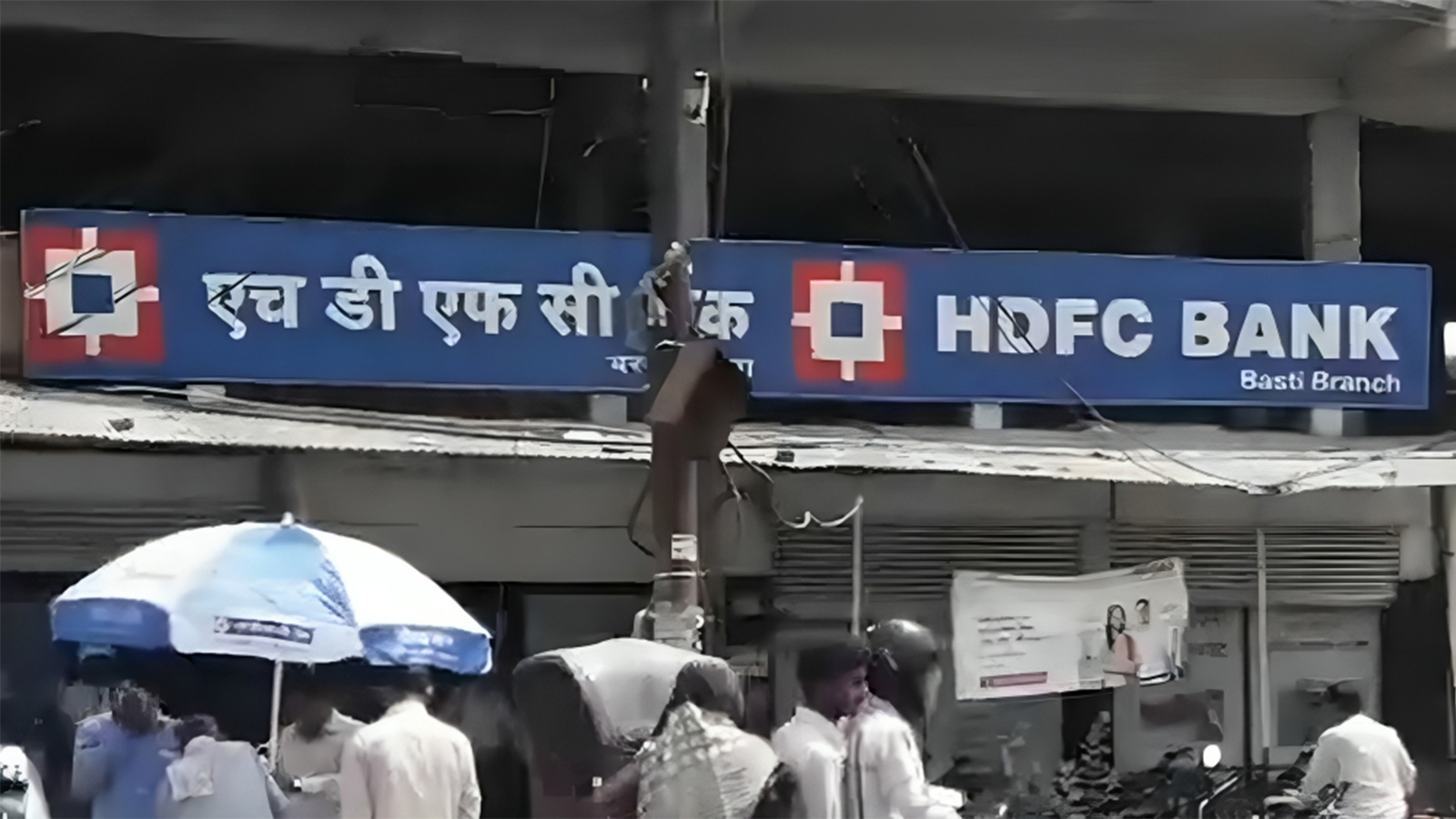HDFC Bank, India’s largest private sector bank, recently faced an 11% decline in its share price over the last two days, leading to a significant loss of approximately Rs 1.3 lakh crore in market capitalization. This decline, contributing to more than one-third of the overall Nifty and Sensex downturn, underscores the significance of HDFC Bank’s weak performance in the current market dynamics.
Table of Contents
Unraveling the Trading Woes
The bank’s shares witnessed their most challenging trading session since the Covid-induced crash in March 2020, concluding the session with an 8.5% decrease. The ensuing downward trend has ignited questions and concerns within the financial community, prompting an exploration of the factors contributing to this notable decline.
Financial Performance Exploration
Standalone Net Profit Growth: In the third quarter of FY24, HDFC Bank reported a remarkable standalone net profit growth of 33% year-on-year, reaching ₹16,372 crore. The quarter-on-quarter analysis demonstrated a 2.4% increase from ₹15,976 crore in Q2FY24 to ₹16,372 crore in Q3FY24.
Operational Metrics Under the Lens
Diverging Net Interest Income: While the net interest income (NII) experienced substantial growth, climbing by 23.9% to ₹28,470 crore from the same quarter the previous year, it increased by only 4% from the previous quarter. The net interest margin reported a 3.4% deviation from expectations, standing at 3.56%. The Liquidity Cover Ratio (LCR) dropped from 120% to 109.8% quarter over quarter, indicating a reduction in liquid assets to support loan growth.
System Liquidity Deficit: Notably, the bank’s liquidity in the system turned negative for the first time since 1Q 2020, emphasizing the necessity for deposits to support operational loans, as highlighted by Chief Financial Officer Srinivasan Vaidyanathan in a call with analysts. The management acknowledges the deficit in system liquidity as a significant challenge to deposit growth and anticipates an improvement in the CASA ratio as consumer spending decreases.
Loan-to-Deposit Ratio (LDR) Dynamics: The loan-to-deposit ratio (LDR) increased from 108.4% to 110.5% quarter over quarter, surpassing the Reserve Bank of India’s comfort range of 70-75%. The standalone HDFC Bank’s LDR was 89% in Q3FY24, compared to 85% in Q1FY24. The post-merger LDR reached a tight 110%, exceeding the pre-merger range of 85-89%, raising concerns about setting a precedent with the highest LDR among private banks.
Understanding Loan-to-Deposit Ratio (LDR) Significance
The loan-to-deposit ratio serves as a key metric for assessing a bank’s liquidity by comparing total loans to total deposits. Investors closely monitor the LDR to ensure adequate liquidity to cover loans, especially in the event of an economic downturn leading to potential defaults. Additionally, the LDR reflects a bank’s ability to attract and retain customers, with increasing deposits implying more funds available for lending and potentially higher earnings.
Challenges and Potential Impacts: The current elevated LDR raises concerns among analysts and investors, as heightened levels beyond the RBI’s comfort range could lead to potential challenges. There are fears that aggressive deposit mobilization or a slowdown in lending growth, or both, may be observed, potentially resulting in margin pressure for banks, including HDFC Bank.
Strategic Measures for LDR Management: To address the elevated LDR, analysts suggest HDFC Bank needs to grow its deposit growth rate 3-4% higher than its credit growth. In the third quarter, the bank reported gross loan growth of 4.9% sequentially, while deposits grew more modestly at 1.9%. Management indicates plans to restore the balance, but the process is expected to unfold over 3-4 years.
Consolidated Interest Income and Asset Quality Concerns
Despite the challenges, the bank’s consolidated interest income witnessed an impressive 42% surge to ₹78,008 crore in Q3FY24, up from ₹45,002 crore in Q3FY23. However, concerns arose over the uptick in gross non-performing assets (NPA) to 1.26% from 1.23% the previous year. You can check the HDFC Bank result here.
Navigating Complexity in Banking
HDFC Bank’s recent challenges highlight the intricate nature of managing a large private bank in a dynamic economic environment. The intricacies of liquidity, deposit growth, and LDR management require astute decision-making and strategic planning. As the bank navigates through these challenges, the financial community awaits further developments, keenly observing the steps taken by HDFC Bank to restore confidence and maintain its position as a leading player in India’s banking sector. The road ahead demands a delicate balance between growth aspirations and risk management, underscoring the complex landscape of contemporary banking.






